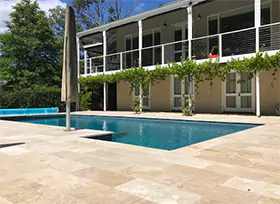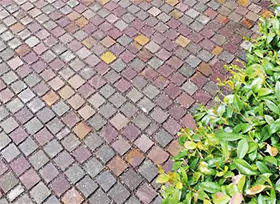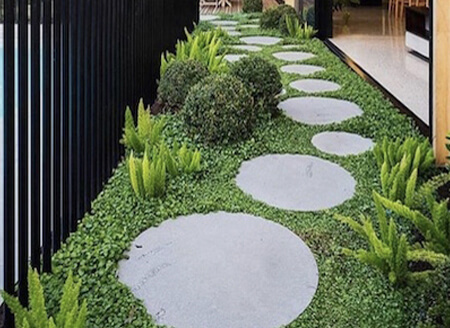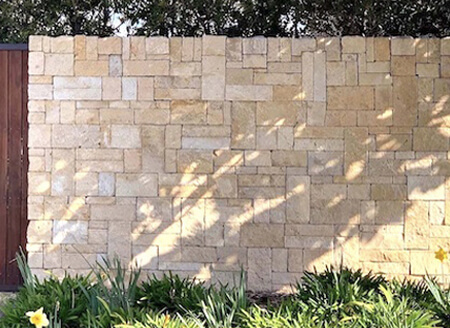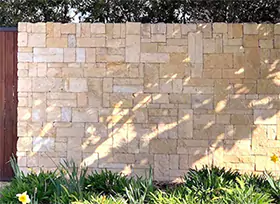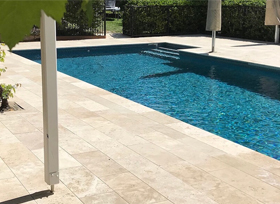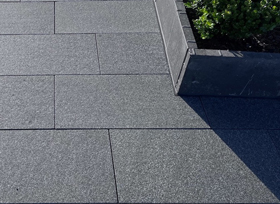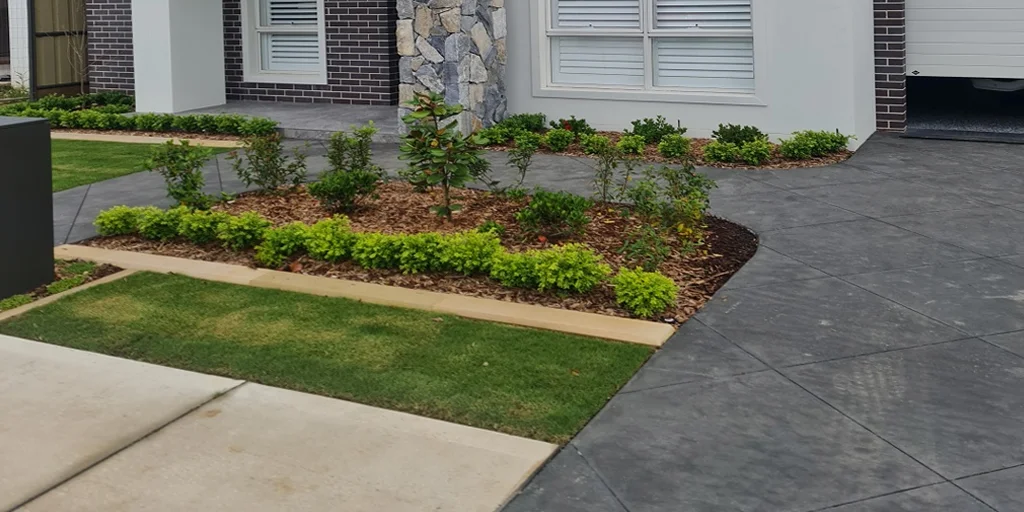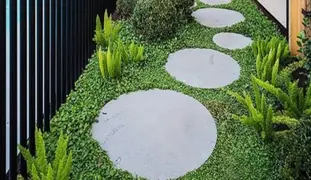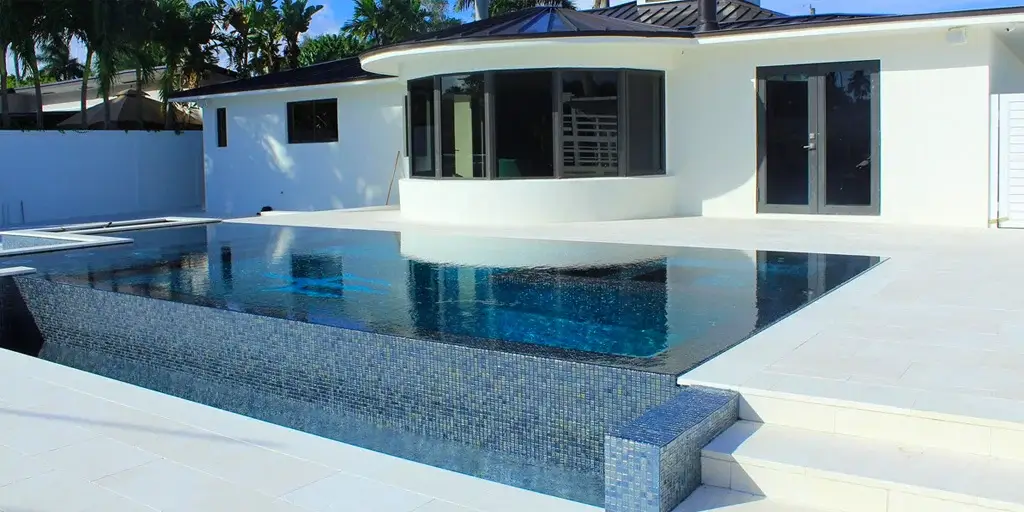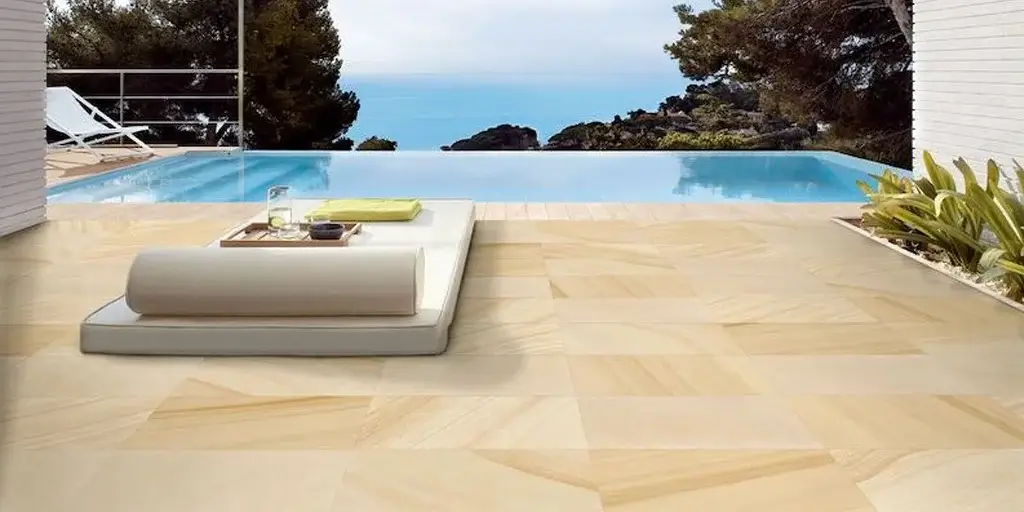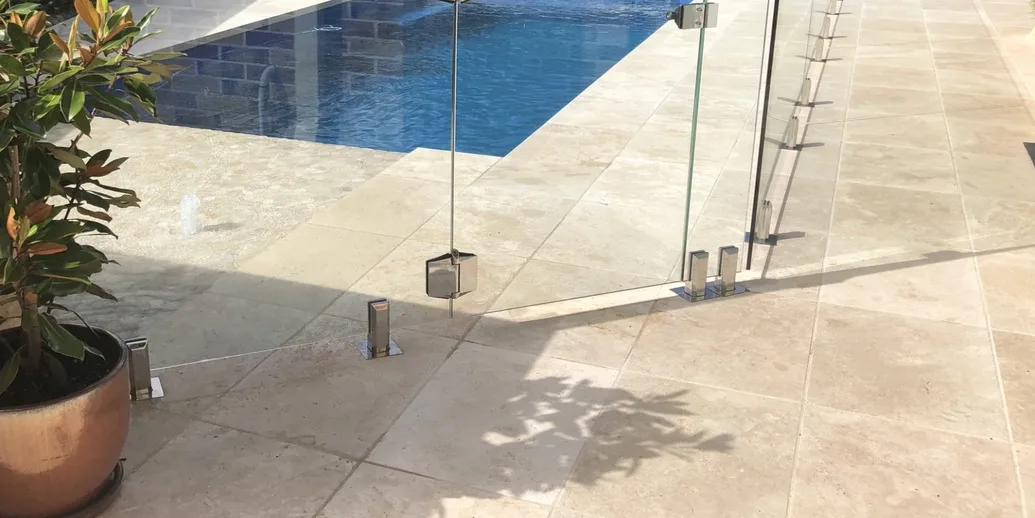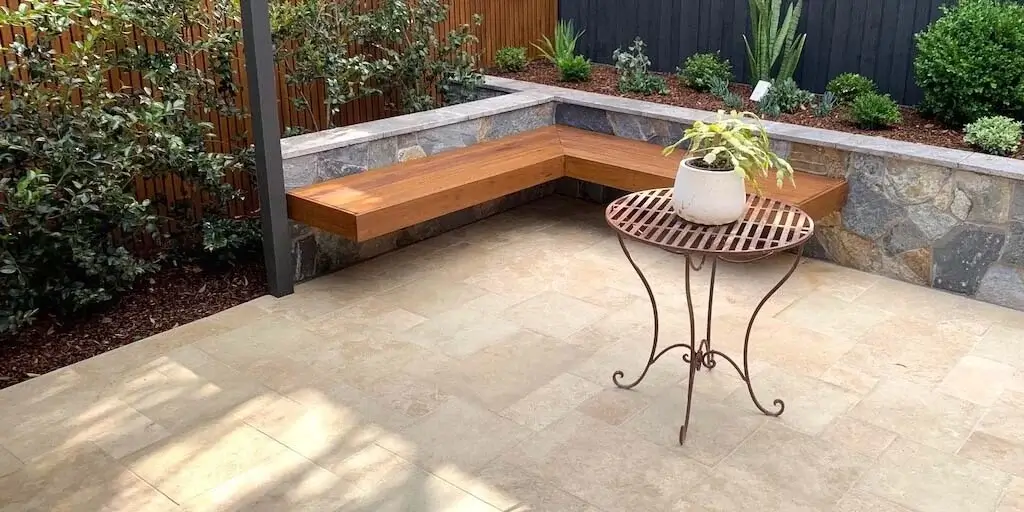Installing edging is one of the most crucial steps in building a paver yard, road, garden, or drive. Setting a border around your garden pavers is essential for both the installation's structural stability as well as their aesthetic appeal. We'll look at a few different possibilities in this article to help you make your own decision about the best edging pavers for the garden.
The need for edging paver
Pavers will shift, move, and lose their interlock over time if there is no edge restraint. Paver edging holds everything together firmly and neatly. To preserve the quality, attractiveness, and longevity of the pavers, hardscapes must always have a firm edge.
How do paver edgings work?
Against popular perceptions, paver edging does not function by supporting the paver itself, but rather the bedding layer. Therefore, for the edge restraint to function correctly, the bedding layer must be taken out to reveal the underlying gravel. The pavers will stay in place just fine for a time if the edge constraint is positioned on the bedding layer. The bedding layer beneath the edge constraint will eventually be removed by traffic and weather, leading to the failure of the edge.
Choose From a Variety of Edging Pavers
Choosing the proper edge restraint for your base is now more crucial than ever since problems might occur when an edge restraint is improperly installed or used for a completely unrelated application. You should take your base into account when selecting an edge restraint system. The base you create should extend past the pavers by the same amount as the depth of your base. Your base should extend 6 inches beyond your pavers if it is 6 inches deep. You should also be aware that only soft surfaces require the installation of an edge restraint. This means that edge restraints won't need to be installed for pavers abutting foundations, existing driveways, or any other hard surface that can hold those pavers.
1. Wall or Stone Edge Restraint
For any hard surfaces that can support pavers, there is no need to place an edge constraint. To keep your pavers in place and prevent lateral movement, you might choose to build a wall, curb, or edging stone around the soft surfaces of your project. In our opinion, this is the greatest strategy to keep your project contained. It retains a high level of functionality while being the most aesthetically pleasing. A well-built wall will be quite effective in containing an area. The weight of a curb that has been put in place along the project's perimeter will work just as well. Or the appropriate selection of an edge stone with a spike installation.
As an alternative, you can attach a stone edge to the base using a concrete mixture, which will provide the pavers' containment with some much-needed firmness. We are also discussing a different edge restraint mechanism in this instance, which will be detailed in a later section of this post. In order to install this effectively, you will need to remove the paver installation's 1" bedding layer and replace it with freshly mixed concrete. Your stone edge units will then be set into the concrete after being submerged in a bucket of water. To prevent drying out of the concrete that you are setting them into, these are wet placed.
And in this instance it offers a solid connection between the stone and the concrete. Once the edging stone is in place, you can apply a concrete edge constraint with steel or fibre reinforcement behind the stone edge. This will be covered in more detail in a subsequent post.
As it sticks to the clear stone base, the stone edging units, and creates an additional edge constraint beyond the stone edging units that will contain your pavers, this is a perfect edge restraint system for a permeable or open graded base system.
2. Metal Paver Edging
There is an aluminium version of the paver edge system that allows you to bend around corners, making it genuinely one unit throughout the entire installation. If you prefer a paver edge system that is not plastic but functions similarly to the plastic edge restraint system, this is an option. This will cost more than the plastic edge restriction but be more beneficial in a base that contains fines. Metal edgers are more structurally sound and used best for straight runs instead of curved sections.
For open-graded bases and bases with fines in them, a metal paver edge is also an option. Additionally, it offers a solution to the issue of the spikes being forced upward by freeze-thaw cycles and forcing the edge restraint up. The main feature is that the holes in this edge restraint are made so that the spikes crisscross with one another at a 60-degree angle for a base with fines in it, where you would install a 10 inches non-galvanized spike. Those spikes won't be forced out of the edge restraint device by any upward pressure.
A larger V-shaped spike is hammered into the edge restraint through a separate slot in a permeable or open-graded installation of this product where there are no particles that bond to the corrosion of the spike. This keeps the pavers in place by adding further reinforcement to the foundation, which prevents lateral movement through the support the spike offers.
3. Concrete Paver Edging
A concrete toe that encloses your project is the last possibility for an edge constraint. This is a reasonable choice that doesn't have any issues with spikes being pushed up by freeze-thaw cycles. Additionally, it offers adherence to both the pavers' own surface and the base material. Concrete's primary flaw, however, is that it fractures, which over time will weaken its ability to resist lateral movement. Because of this, it is always advised to add fibres or rebar to the concrete mix to reinforce the steel. The concrete collar will be strengthened with these improvements to avoid cracking and potential separation. So, you can easily fix this problem by adding reinforcement materials like fibre mesh or rebars to your concrete mixture to prevent cracking. Another advantage of utilizing concrete as an edge material is that it can be shaped into any shape. Your pathway's curve won't cause any issues. The installation will probably be even less complicated than with metal. Concrete restrictions are also affordable.
4. Plastic Edging Restraint
Plastic is one of the most popular materials for paver edging. They are frequently visible in home improvement stores, and you may even glimpse them while stepping on pavers. In regions with high traffic volume or during severe weather, plastic edge restraints can fail to fulfil their intended purpose. Failures occasionally result from severe seasonal extremes. Inadequate base compaction frequently results in distortion of plastic framing as well; as pavers sink, the edging shifts as well, which is undesirable. The base is put too high without sufficiently exfoliating the foundation layer is another common problem. It results in the supporting construction becoming exposed.
Conclusion
There isn't really a single alternative that works for all purposes when it comes to a system for placing a paver edge constraint given the variety of options available to you. Everything depends on the application and the installer's familiarity with the product.
We would advise you to consider your paver's application, the material, base, spending limit, the walkway's shape, and the climate where you reside. As a result, you will undoubtedly choose the constraint that will maintain your pavers in good condition and allow you to avoid having to repair them. You will ultimately select the paver edge restriction that is best for your application and business.
*Disclaimer: All information and advice given above in the blog are to the best of our knowledge. Please reconfirm at your end before execution.



